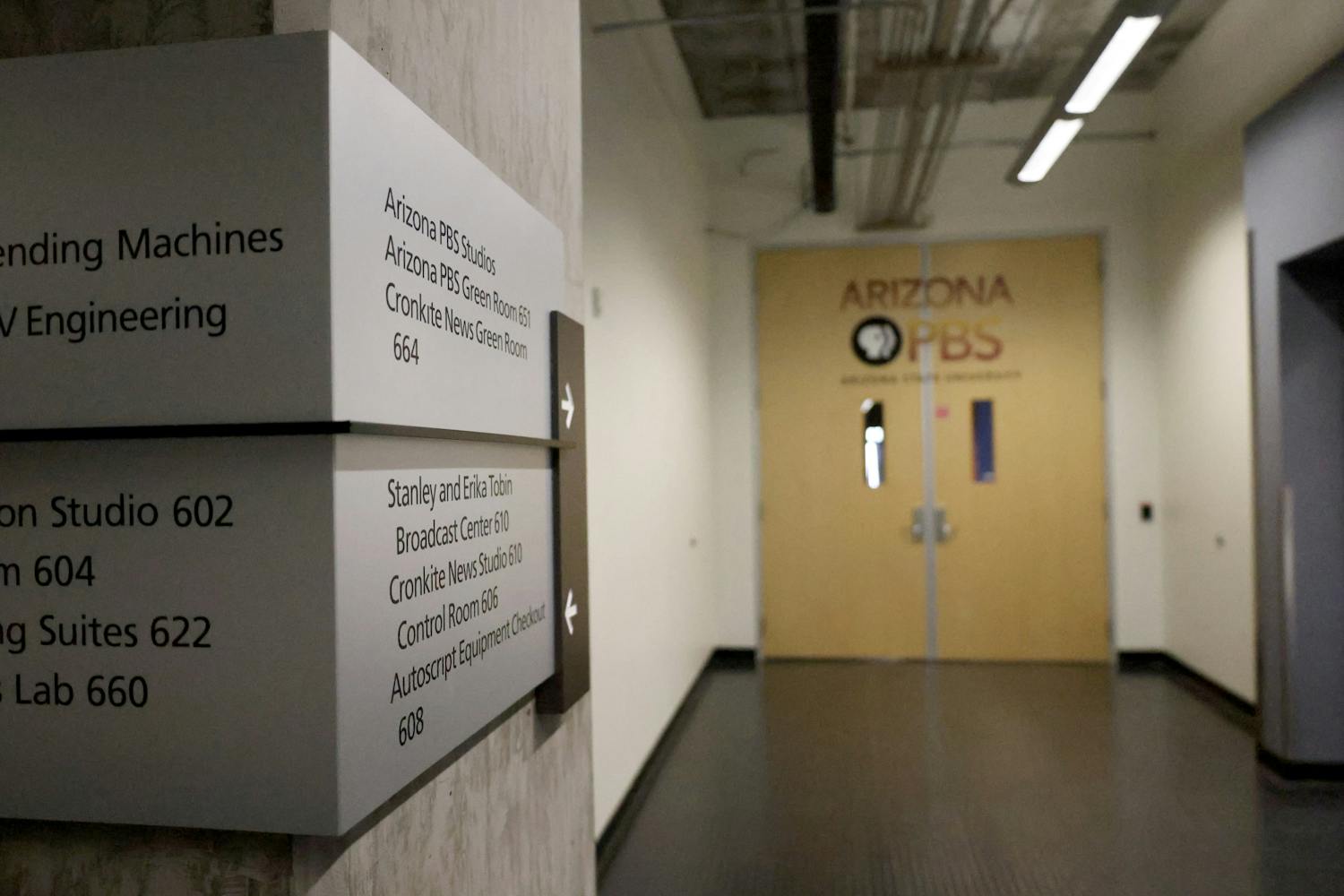Five undergraduate students of ASU’s Dust Devils Microgravity Team will conduct their own research and experiment in NASA’s Reduced Gravity Aircraft, the “Weightless Wonder,” in June.
NASA selected the group in December as part of their summer outreach program to allow college students around the country to solve scientific queries, said Steve Desch, associate professor at the School of Earth and Space Exploration.
“The experiment has to be scientifically valid, so this experiment they’re flying has to be addressing a real scientific issue that has importance to NASA,” Desch said.
The team members first approached Desch and Earth and Space Exploration professor Chris Groppi, seeking direction and advice on their proposal and experiment.
The team decided to address how dust particles and gases in nebulas of space form into the planets and planetary systems we know today, said team leader Pye Pye Zaw, an earth and space exploration junior.
After hearing about dust storms, or “dust devils,” in the Valley creating electrical surges on solar panels, the group decided to determine how electrical charges affect dust particles, Zaw said.
“In my time of research, I’ve not seen an experiment like ours before, which is why I think we got selected by NASA,” Zaw said.
The Dust Devils will fly to Houston in June to spend nine days conducting their experiment. Along with Zaw, the team is composed of Jacob Higgins, Dani Hoots, Emily McBryan, Amy Kaczmarowski.
The first few days will be spent training and getting acclimated to the effects of working in an anti-gravity environment before actually conducting research, Groppi said.
“The whole week will be packed full with training and I believe, also, review of the experiment to be sure that NASA is happy with it before they allow it on the airplane,” he said.
The Dust Devils came together last fall and despite only having one month to put together a proposal for NASA, the students worked night and day to produce a graduate-quality proposal, Groppi said.
“They put an enormous amount of effort to do something that is very professional,” Groppi said. “I was almost certain that proposal would be chosen when it was submitted, and usually you’re not.”
Although the team was chosen more than two months ago, they need to raise $13,000 to get to Houston and purchase the tools necessary for the experiment.
“That’s kind of a limiting step because they can’t build the experiment until they can afford to buy the stuff to build it out of,” Groppi said.
The ASU/NASA Space Grant contributed roughly $7,000 to the Dust Devils expenses, Zaw said.
“Once we get our funds in a little bit, we do the actual machine work,” she said. “We can only do little things for now and work our way up.”
In addition to raising funds and working on preliminary experiments with the equipment, the students are required to participate in outreach programs at ASU.
The team has been talking to grade school students about their experiment and presented it during the Astronomy Open House, which takes place the last Friday of every month at the Bateman Physical Sciences Center.
Groppi and Desch were slightly disappointed they would not go up in the plane with the group, but were still proud the team is one of 14 selected out of 60 submissions.
“These students really put in a lot of effort, they were committed and driven and very talented students,” Desch said. “I am so proud. I really can’t get over it. I feel happier about this than just about anything else I’ve done at ASU.”
Reach the reporter at sraymund@asu.edu
Click here to subscribe to the daily State Press newsletter.



